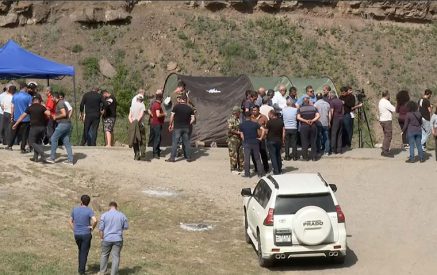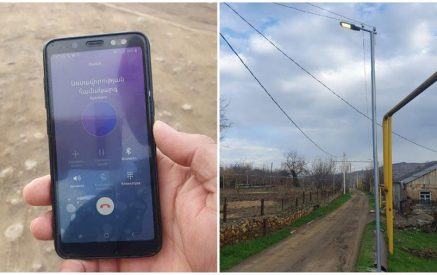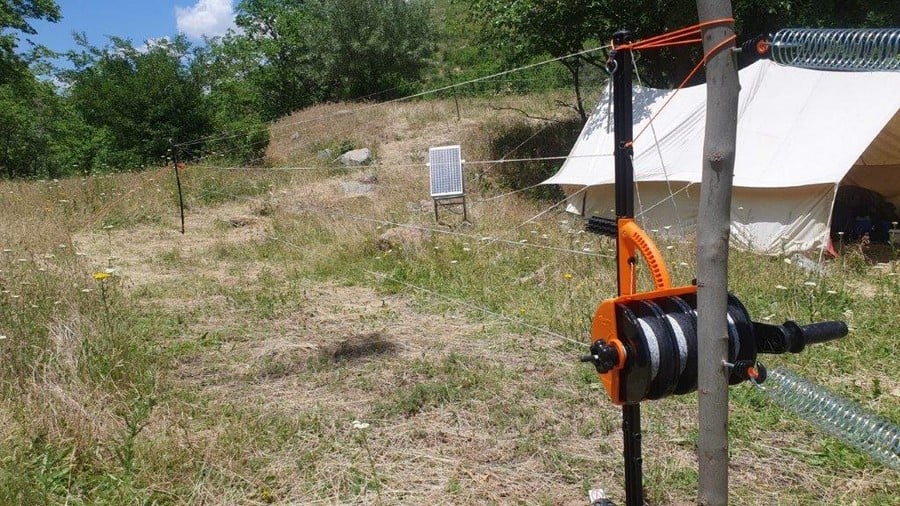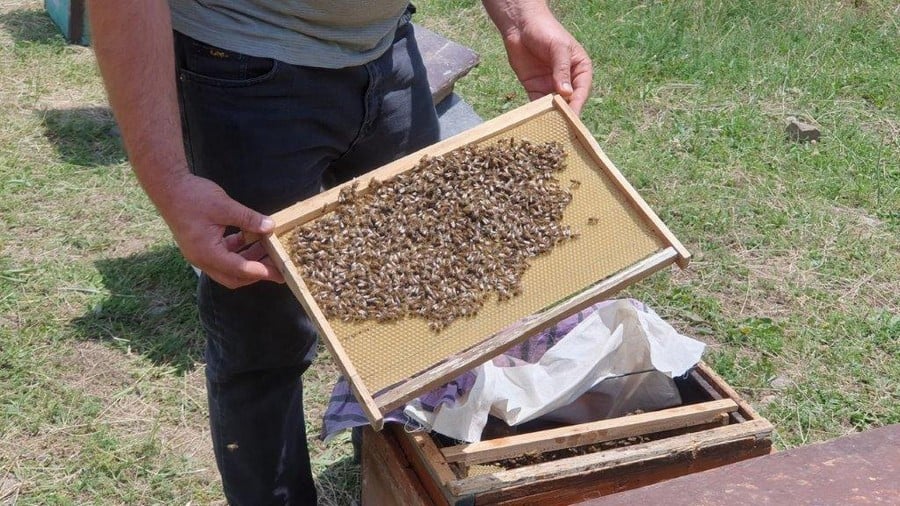In the Yeghegis enlarged community in Vayots Dzor, smartphones are not only a means of communication, but also a hidden camera to capture unexpected visits of wild animals. For farmers, unexpected visits of bears in different villages have become common occurrences, and for bears, it has become usual to solve the food problem in the human environment.
The residents of villages understand that many years ago, due to the tree-logging in various areas and unsuccessful attempts to tame wild animals, the bears were deprived of their territory and are now trying to invade the villages to find food. The solution of this problem requires efforts, in as much as patience, regular tree-planting, modern technologies and environmental approach.
Viva-MTS and the Foundation for the Preservation of Wildlife and Cultural Assets (FPWC) are trying to solve this issue with the force of nature itself, specifically embedding movable “Electric Fences” which are powered by solar energy and modern technologies. They can easily be transported, ensure local work, allow to enclose the necessary territory within 10-15 minutes and can be dismantled in a short period of time.
Read also
The extraordinary fences were expected especially in the extended community Yeghegis, which unites 12 villages. In recent years, local farmers have lost their beehives and cattle because of grizzly bears’ attacks. Samvel Martirosyan, who is the deputy head of Yeghegis community, reports that after the second phase of establishing “Electric Fences” in the same area, bears faced obstacles to get into the territory. Where movable “Electric Fences” are installed, there is a visible result.
“This particular electric fence, installed in the administrative district of the village Hermon, allows to cover an area of 1 ha. It protects against animal invasion attempts and damage. In this territory, three farmers keep 180 beehives. We can say that the system has not been used to its full capacity yet”, said Samvel Martirosyan. “Where we have installed the movable “electric fences”, the nature is very rich, especially promises an abundant harvest of honey.
But there are also many bezoar goats and bears. Bears, which invade the territory to hunt goats, also try to feast on honey. Now bears come along the path to drink water and cross the river. In addition, a bear came to the beehives on that path the other day. It reached the bees, struck into the electric fence and couldn’t get in the territory. Perhaps, it was disgusted with the unsuccessful experiment, and it started looking for other food. It rolled big stoned and ate the anthills,” said the beekeeper, farmer Norayr Martirosyan.
As a result of the donation by Viva-MTS and the Foundation for the Preservation of Wildlife and Cultural Assets, the issue of preservation of seven farms in the extended community Yeghegis is being solved.
An electric fence works with high voltage but low current (amperage). Consequently, animals are nor physically harmed, but feeling unpleasant, they no longer approach the enclosed territories. The system consists of a solar panel, a micro-inverter, a storage battery, an electric fence generator and easy-to-mount (easy-to-assemble) and dismantle fence.





























































